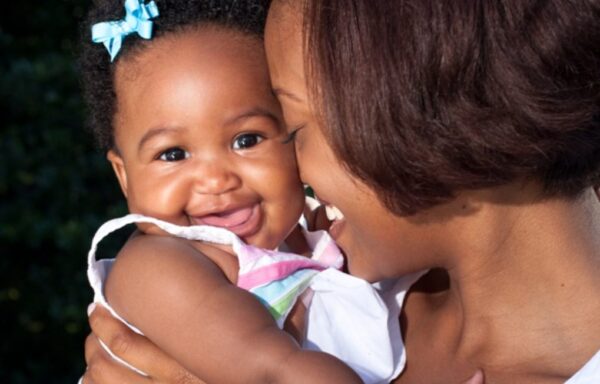Lifestyle
7 types of romantic relationships: Which one are you in?

There’s no single way to do romantic love.
Every couple experiences love in a way that is uniquely their own, influenced by personalities, stages of life, and emotional requirements.
From happy, independent pairs to all-consuming on-again, off-again affairs, there is a broad range of how love is felt and expressed.
Knowing where your relationship lies can make it stronger or highlight what must be altered.
These are 7 forms of romantic relationships, two of which are less discussed but prevalent. Which one rings true to you?
1. Happy and independent
In this relationship, both people are happy in their own lives and decide to be together without deeply entangling themselves. They may live apart, have distinct social circles, and even work towards different long-term objectives, but their emotional bond is strong. Independence and mutual respect are the pillars here. Such couples tend to speak openly, enjoy solitude, and derive pleasure from personal development as well as enjoying shared experiences together. The relationship is more like an addition rather than a requirement.
2. Happy and consolidated
These couples have a strong emotional connection and have usually merged much of their life. They share each other’s aspirations and live life together as a unit. The relationship is secure, supportive, and often established after years of compatibility and trust. Conflict is addressed positively, and both feel appreciated and understood. Though they’re highly connected, they also still have a sense of individuality, which makes the relationship stay balanced and solid.
3. Exploratory
Sometimes in the beginning phases of dating, exploratory relationships are thrilling but might not be stable. The couple is yet to discover their compatibility, boundaries, and communication patterns. There could be misunderstandings and emotional rollercoaster rides as both parties learn more about one another. Such relationships can deepen into long-term ones or fizzle out. They’re frequently driven by curiosity, chemistry, and the excitement of the unknown, a valuable period of learning and development for both individuals.
4. Stuck
These couples have typically been together a long time and are unhappy, but can’t leave. Fear of being alone, financial issues, or emotional reliance might be stopping them. Conversation tends to be strained, and love is exchanged for resentment or indifference. Although the relationship exists on the outside, emotionally, it is like walking through the motions. These are relationships that take introspection and courage either to heal or to move forward.
5. High intensity
Characterized by intense emotional ups and downs, high-intensity relationships are intense but unstable. Breakups and reunions are common, and although the chemistry is undeniable, so are the fights. The relationship can be addictive, partners may find it hard to leave despite ongoing problems. Although the connection may appear profound, emotional intensity can be exhausting in the long run. If left unresolved, this pattern can become a cycle that bars both parties from lasting peace and development.
6. Long-distance loyalists
Despite the distance between them, these couples share a strong relationship founded on trust, communication, and support. They go months without being in the same place, and yet stay committed and emotionally engaged. Technology-enabled communication, having shared ambitions, and established boundaries enable them to survive. Long-distance lovers show that love can thrive even across time zones. These relationships need more work and effort, but the emotional return is sometimes immensely rewarding.
7. Healing together
These couples meet each other in difficult phases of their lives and become a nurturing space for healing. They might connect through mutual experiences of trauma, heartbreak, or transmutation. Though not always simple, their bond is the trigger for healing from within. This relationship is characterized by compassion, patience, and openness. If nurtured with love, these partnerships can become strongest and most significant, a work of turning pain into purpose and love into healing.










